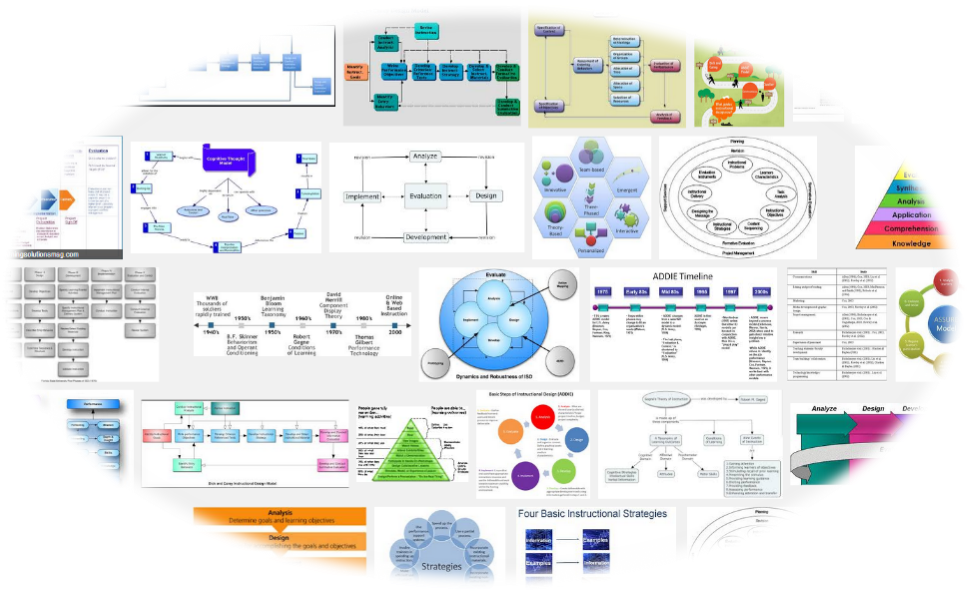Lesson 3: Design Models
Readings
Read Chapter 1, Introduction to Instructional Design, from Dick, Carey, and Carey. If you do not yet have the book you may continue with this lesson, but you should read Chapter 1 before proceeding with Lesson 4.
Instructional Models


Most models today tend to be a variation of this basic model. Some leave out one or two of the
steps, some emphasize certain steps over others depending on the learner, the content and the
context, and some have added steps so that the model works in a certain environment and for
specific learners.
You will be exposed to several ID models during your stay in the ITMA program. You will
undoubtedly notice many similarities in the different models. However, some of the more
streamlined models leave out some important issues in the design process. This was done in order
to tailor the models to the audiences they were designed for. Therefore, in this course, you will be
introduced to a systematic process for designing instruction originally created by Walter Dick and
Lou Carey. It has come to be known as the Dick, Carey, and Carey (Dick, Carey & Carey) model of instructional
design. The image below shows you the steps in their model:

The Dick, Carey & Carey model is one of the better-known ID models and is used by educators, trainers, and
instructional designers. It is a widely-used model that is based on research and principles that have
been generally accepted by those in our field. This is not to say that the Dick, Carey & Carey model is the best
model. In fact, there are probably those who feel that any model such as this is too structured and
rigid. Others critics feel that it is too much in the behaviorist vein, and as such is not good to use for
those who wish to take a constructivist approach to teaching or training. However, there is much to
be gained from developing an understanding of a model such as this, even for constructivists.
Take a moment to review and compare various instructional design models and methods below:
Merrill's First Principles of Instruction
ADDIE Model
Dick and Carey Model
Kemp's Instructional Design Model
Gagne's Nine Events of Instruction
Bloom's Learning Taxonomy
Kirkpatrick's 4 Levels of Training Evaluation
Cathy Moore's Action Mapping

As the models help to guide us through the phases of a design process, a constant revision
process must occur if we want to assess our progress or "success." Although the Dick, Carey & Carey model is
linear in appearance, you will find that in reality, the progress of an instructional designer
through the model is never linear.